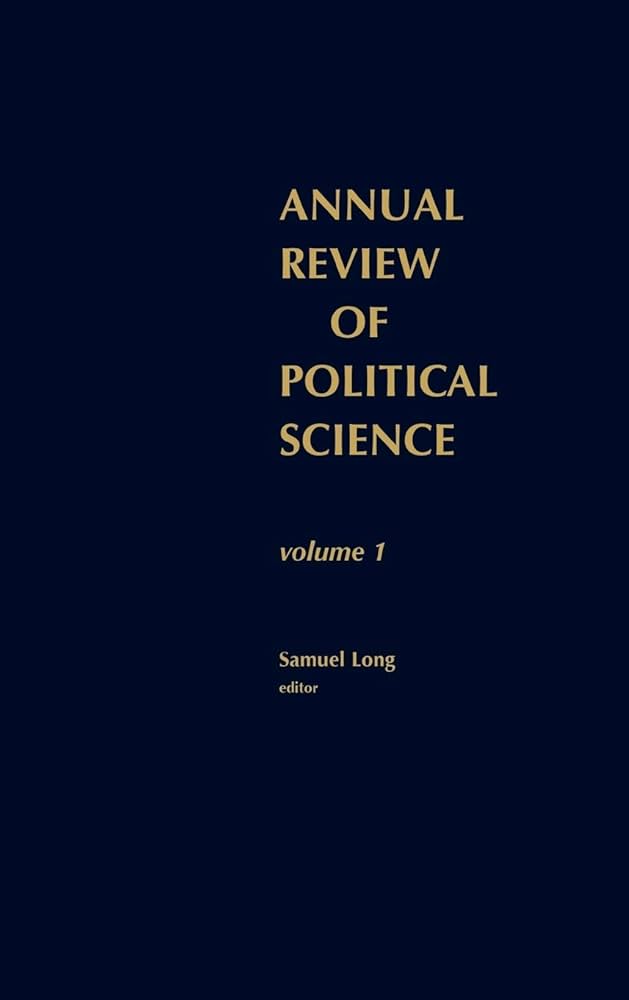暴力在非暴力抵抗中的作用
IF 9.5
1区 社会学
Q1 POLITICAL SCIENCE
引用次数: 1
摘要
在过去的二十年里,学术界对非暴力抵抗的兴趣日益浓厚。非暴力抵抗是一种冲突的方法,手无寸铁的人们以协调一致的方式动员集体抗议、罢工和抵制。绝大多数依靠非暴力抵抗的群众运动有时以非武装的集体暴力、边缘暴力甚至有组织的武装行动为特征。关于剧烈侧翼对移动结果的影响,我们知道些什么?本文回顾了非暴力抵抗和非武装抵抗、暴力和群众动员的结果之间的关系,以及这些关系的方向性。经验证据的平衡表明,有组织的武装暴力似乎减少了非暴力运动成功的机会,而非武装的集体暴力则有更模糊的影响。在比较暴力侧翼活动的分析单位、范围、强度和媒体框架方面,该领域将受益于更高的分析精度。本文章由计算机程序翻译,如有差异,请以英文原文为准。
The Role of Violence in Nonviolent Resistance
Over the past two decades, there has been growing scholarly interest in nonviolent resistance—a method of conflict in which unarmed people mobilize collective protests, strikes, and boycotts in a coordinated way. Mass movements that rely overwhelmingly on nonviolent resistance sometimes feature unarmed collective violence, fringe violence, or even organized armed action. What do we know about the effects of violent flanks on movement outcomes? This article reviews findings on the relationships between nonviolent and unarmed resistance, violence, and the outcomes of mass mobilization, as well as the directionality of these relationships. The balance of empirical evidence suggests that organized armed violence appears to reduce the chances for otherwise nonviolent movements to succeed, whereas unarmed collective violence has more ambiguous effects. The field will benefit from greater analytical precision in comparing the units of analysis, scope, intensity, and media framing of violent flank activity.
求助全文
通过发布文献求助,成功后即可免费获取论文全文。
去求助
来源期刊

Annual Review of Political Science
POLITICAL SCIENCE-
CiteScore
15.20
自引率
4.60%
发文量
23
期刊介绍:
The Annual Review of Political Science has been published since 1998 to provide comprehensive coverage of critical advancements in the field. It encompasses a wide range of subjects within Political Science, such as political theory and philosophy, international relations, political economy, political behavior, American and comparative politics, public administration and policy, and methodology.
 求助内容:
求助内容: 应助结果提醒方式:
应助结果提醒方式:


